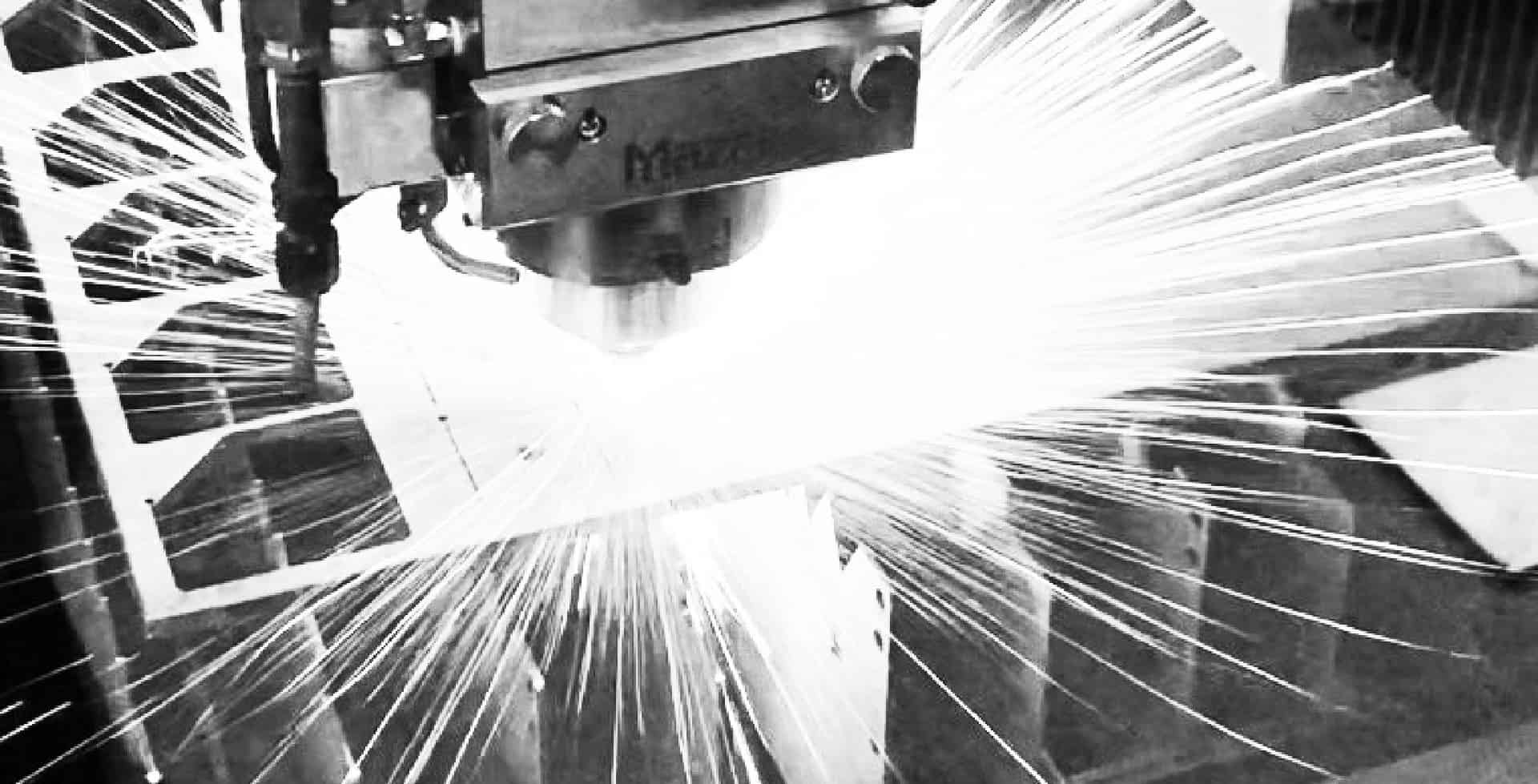The buildup of combustible dust can present hazards to your employees and facility. In this video, IVI Project Engineer Doug Schauer discusses the ingredients that lead to a combustible dust explosion, industries most at risk for dust explosions and how to protect your facility. See how IVI can help through its design, build and install…
NFPA introduces NFPA 652 The National Fire Protection Association (NFPA) has established a new combustible dust standard, NFPA 652, which was adopted by the Occupational Safety and Health Administration (OSHA). The new standard impacts many industries, including chemical, wood processing, metals and agriculture. NFPA 652 improves uniformity to the industry-specific combustible dust standard and defines…
EXPLOSION PROTECTION Combustible, or explosive dust, is one of the greatest threats to employee safety and facility integrity. Standardized by NFPA and enforced by OSHA, explosive dust guidelines are critical and, with expert oversight, many of the common factors attributing to its occurrence can be mitigated. IVI’s experienced team is highly skilled in this area,…
We’ve put together a handy checklist to help you set a budget for a dust collection system. Everything from your dust collection system’s location to regulatory requirements and decisions about filters, waste discharge, stacks and fans will affect the overall budget. System testing and maintenance requirements are other factors that need to be considered. This checklist breaks down…
The Occupational Safety and Health Administration (OSHA) expects to publish before the end of the year a combustible dust standard, which the United States Chemical Safety Board (CSB) has been calling for again in recent months. Calls for Combustable Dust Standards OSHA had been expected to issue a standard in the first half of 2014,…
Combustible, or explosive dust, is one of the greatest threats to industrial ventilation. Standardized by NFPA and enforced by OSHA, dust explosion prevention guidelines are critical and, with expert oversight, you can mitigate many of the common factors that cause dust explosions. Explosive Dust: Common Mistakes In a recent Occupational Health & Safety article, the…
